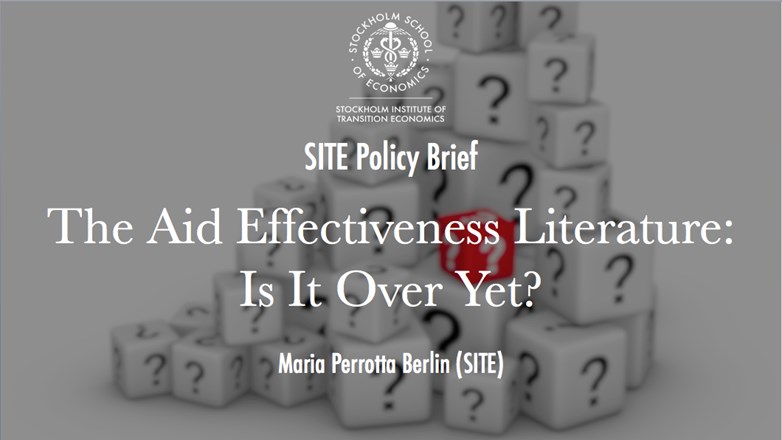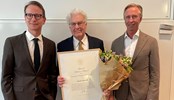SITE research on the Aid Effectiveness literature
The aid effectiveness literature, a genre of studies using cross-country panel regressions to estimate the impact of aggregate development assistance flows on economic growth in the recipient country, is large and mostly inconclusive. The results vary widely in size and sign, and have often been proven not robust or reversed by new estimations. In short, no robust evidence has been found for aid contributing to development, at least not at the macro level. Still new studies and in particular working papers keep being published.
Trends in Aid Effectiveness Literature Publications
A plot of the number of top-journal publications and working papers over time (see interactive chart below) reveals an upward trend that continues unabated without any sign of decline.
In the policy brief "The Aid Effectiveness Literature: Is It Over Yet?" Maria Perrotta Berlin reviews potential answers why aid effectiveness literature keeps expanding and highlights the reason why the lack of consensus exists. She also discusses what are the sources of the variability in empirical results assessing the aid effectiveness.
Read more about the conclusions why serious empirical investigation is unnecessarily hard in the policy brief on aid effectiveness literature on the Forum for Research on Eastern Europe and Emerging Economies or download the full working paper here.




